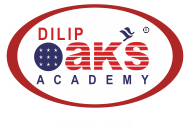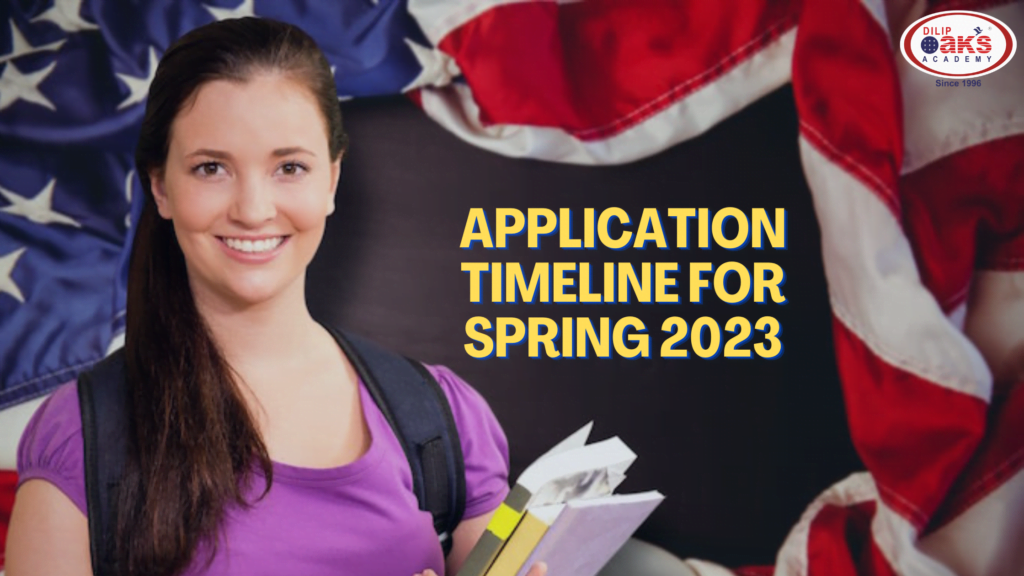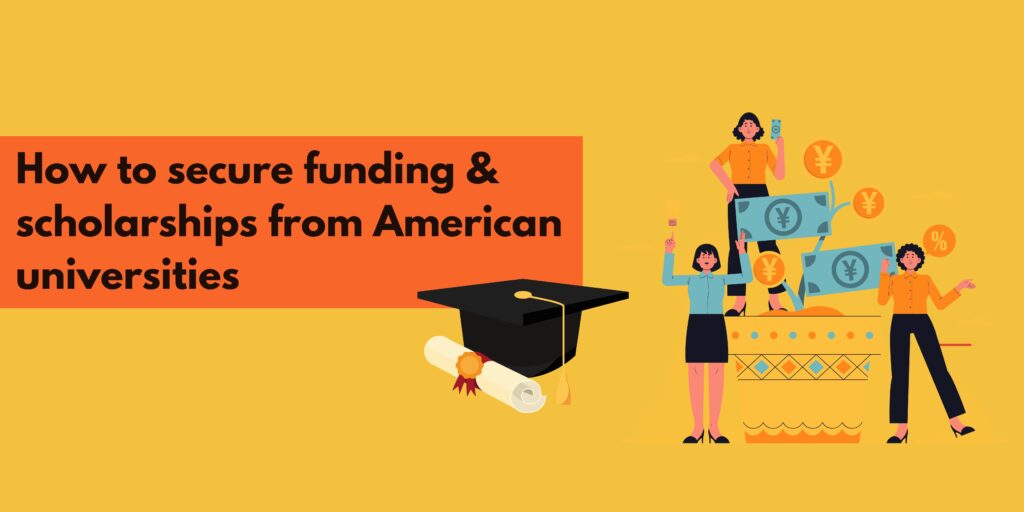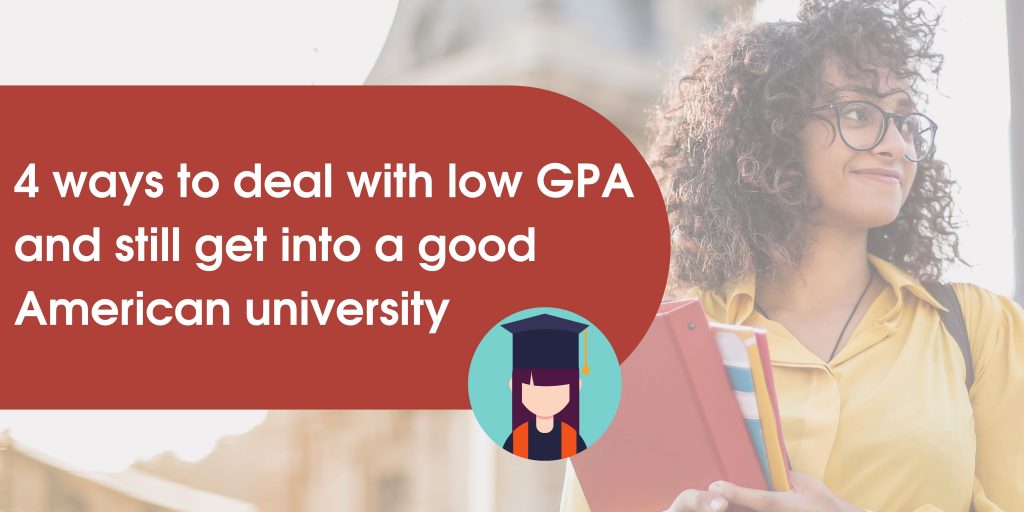There has been a rising tide of Indian students going to the United States for higher-studies in recent years. The GRE is an entrance test that assesses proficiency in math, reading, and writing. It is required for admission to most postgraduate programs and doctoral programmes in the US and is also accepted by higher education institutions in the UK, Canada, Australia, and Ireland. The GRE provides universities with a common benchmark against which to compare applicants from around the world.
The increase in the number of Indian students taking the GRE is a significant development in the higher education landscape. Nearly 1,25,000 student visas were issued to Indians to study in the United States in 2022. This indicates a growing trend of Indian students opting for postgraduate education in the US and other countries.
Doubling of Indian Students Taking the GRE: A Significant Development
The number of Indian students taking the Graduate Record Examination (GRE) has doubled in the past decade to 1,14,000 which is just 10,000 examinees less than the number of test-takers in the United States.
The Educational Testing Services (ETS), a US-based organization, administers the GRE test. The organization has witnessed a 48% rise in the number of Indian test takers in the 2021-2022 academic year, with the number of examinees increasing from 68,869 to 1,02,024. This growth in GRE statistics in India has been attributed to the increasing number of Indian students opting for higher education in the US.
Hyderabad has topped the table in the number of students taking the GRE with a record 25,347 candidates. Mumbai had 5,759 candidates in 2021-22; Bangalore 5,564; Pune 3,689; Chennai 3,278; Delhi 2,845. Also, many second-tier cities are coming up. Guntur has witnessed rapid growth and the number of candidates for 2021-22 has increased to 8,983. Other Tier 2 cities like Visakhapatnam, Warangal and Nellore also performed well last year. The same can be said for many Tier 3 cities. For example, Khammam city entered the top ten following a 150% rise in the number of examinees, from 888 in 2015-16 to 2,221 in 2021-22.
Reasons for Indian Students Choosing US Universities
There are several reasons that attract Indian students to education in USA. Firstly, the US is home to some of the world’s best universities, offering high-quality education and research opportunities. Many Indian students see this as an excellent opportunity to gain a world-class education that will increase their job prospects and help them stand out in a competitive job market.
The US offers a diverse range of academic programs, giving Indian students a wide range of options to choose from. This includes courses in fields like engineering, business, technology, and the arts, among others. Also, the US offers a welcoming and inclusive environment for international students. Many universities in the US have dedicated international student support services to help students adjust to life in a new country and provide guidance on academic and personal matters.
Many universities in the US offer financial aid and scholarships to international students. This support can help alleviate the financial burden of studying abroad and make it more affordable for Indian students to pursue higher education in the US. Lastly, the US offers opportunities for practical experience through internships and co-op programs, which can help Indian students gain valuable work experience and develop their professional skills.
The GRE: An Essential Component of the Application Process for Indian Students
India’s rapid growth in GRE statistics is in stark contrast to recent trends in the US. In the US, universities are increasingly challenging the importance of standardized assessments like the GRE. However, in India, the GRE has become a critical component of the application process for admission to postgraduate programs. This growth in GRE statistics in India also makes a stark contrast against China, which has only witnessed a 20% increase in the number of test takers in the last decade. In the 2021-2022 academic year, only 50,758 Chinese students took the GRE exam, which is less than half the 1,14,000 of Indian test-takers.
At Dilip Oak’s Academy, we offer GRE, TOEFL, and IELTS coaching, GRE Self Prep and guide students with university selection, application essays, and visa counseling under our Admission Counseling Services for USA, Germany and UK.
We also provide detailed guidance on these processes under our Admission Counseling Services, including a selection of universities, documentation process and visa counseling, and mock visa interviews. In addition, as India’s leading Study Abroad Consultants, we have helped more than 30,000 students to secure their dream admits for various universities in America including MIT, Stanford, Cornell, Carnegie Mellon and other top-ranked universities. To enroll, call us on 91-020-67444222, 91-8007878495.













